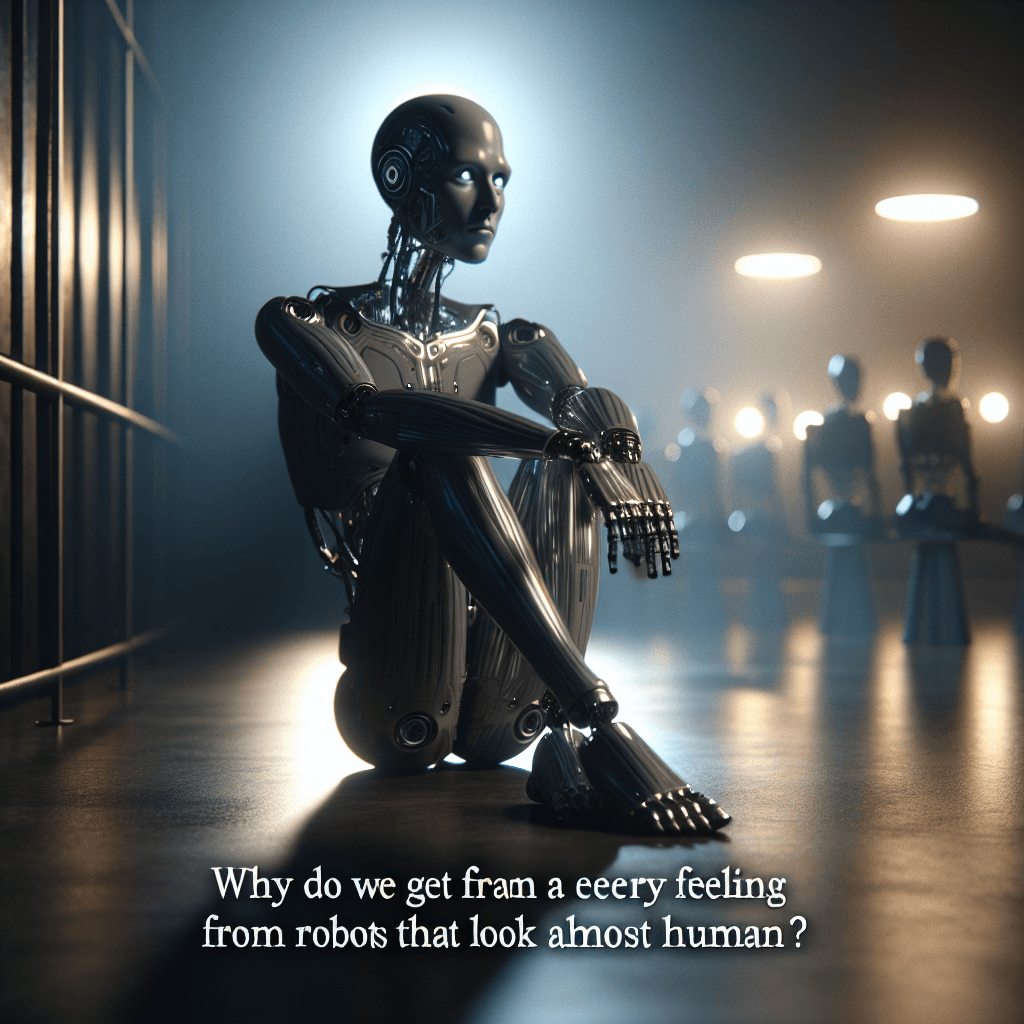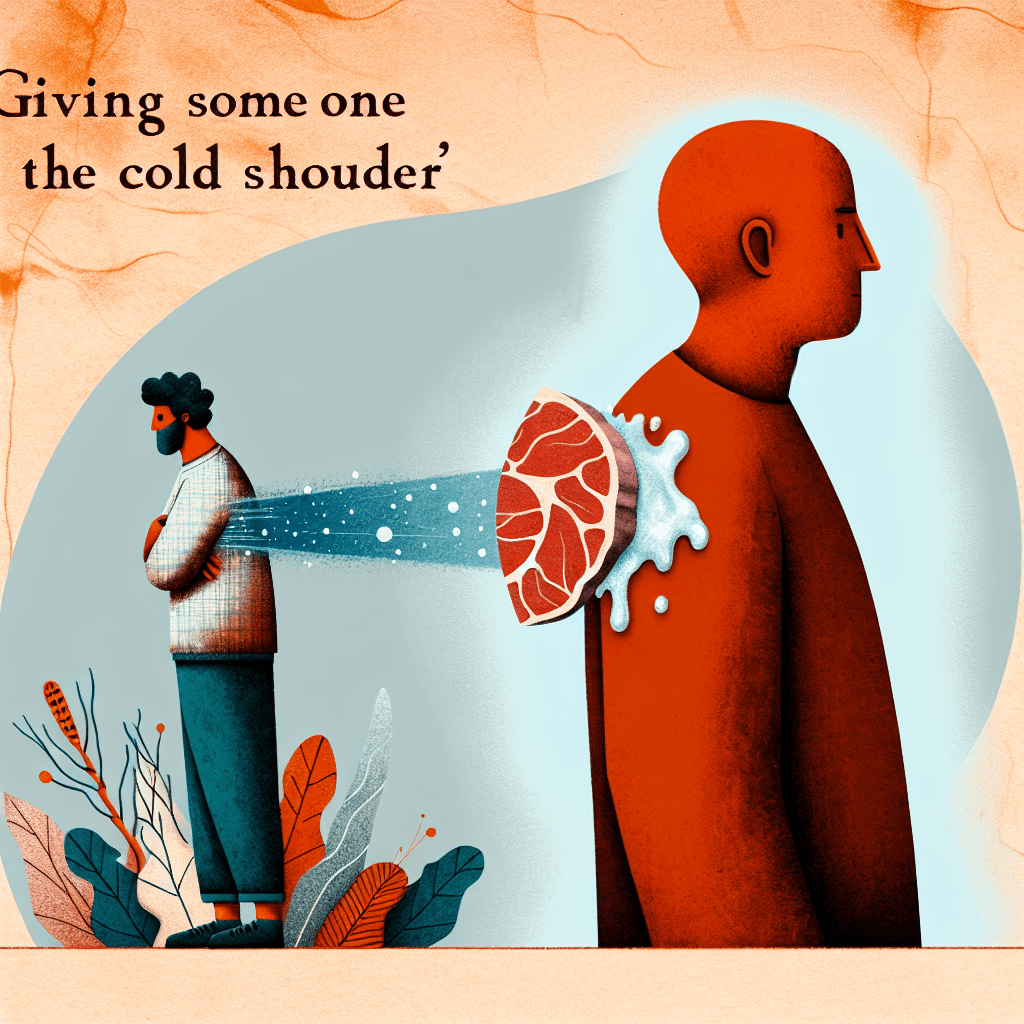Why do we get an eerie feeling from robots that look almost human
That skin-crawling feeling you get from a lifelike robot isn't just in your head; it's a primal warning system screaming that something is dangerously wrong.


Too Long; Didn't Read
TLDR: This is the Uncanny Valley effect. When a robot looks almost, but not perfectly, human, its small, non-human imperfections become extremely unsettling. Our brains perceive it as a wrong or sick human, triggering a natural feeling of revulsion and unease.
The Uncanny Valley: Why Do We Get an Eerie Feeling from Robots That Look Almost Human?
Have you ever watched a movie with hyper-realistic CGI characters or seen a video of a new humanoid robot and felt a strange sense of unease? It looks human, it might even talk like a human, but something is profoundly off. This unsettling, creepy sensation is a well-documented psychological phenomenon. It's not a glitch in the technology, but rather a fascinating quirk in our own perception. This post will dive into the science behind the "uncanny valley," exploring why we get an eerie feeling from robots that look almost, but not quite, human.
Defining the Uncanny Valley
The term "uncanny valley" was first introduced in 1970 by Japanese robotics professor Masahiro Mori. He proposed a hypothesis about our emotional response to human-like entities. Mori suggested that as a robot's appearance becomes more human, our emotional response to it becomes increasingly positive—up to a point.
When the robot becomes almost indistinguishable from a healthy human, our affinity plummets dramatically into a "valley" of revulsion and eeriness. If the robot's human likeness becomes perfect, our positive feelings return. Think of it this way: we find a simple industrial robot arm neutral and a cute cartoon robot like WALL-E endearing. But a humanoid android with realistic skin and glassy, unblinking eyes can be deeply unsettling. That dip in our emotional response is the uncanny valley.
Why Does It Happen? Exploring the Theories
Scientists and psychologists have several leading theories to explain why our brains react so negatively to these near-perfect replicas. While there is no single consensus, the feeling likely stems from a combination of cognitive and evolutionary factors.
Perceptual Mismatch
Our brains are exquisitely tuned to process human faces and body language. We can detect subtle emotional cues in a fraction of a second. When a robot looks human but fails to behave in a perfectly human way, it creates a powerful sense of cognitive dissonance. This mismatch between appearance and behavior sends a red flag to our brain. Key triggers include:
- "Dead" Eyes: Eyes that lack the subtle movements and expressions of a living person.
- Jerky or Overly Smooth Motion: Movements that don't match the natural, slightly imperfect cadence of a human.
- Unnatural Skin: Skin texture that looks synthetic or waxy upon closer inspection.
- Delayed Emotional Reactions: A smile that appears a split-second too late.
Our brain detects these inconsistencies and interprets the entity as "wrong," which we experience as an eerie feeling.
Mortality Salience
Another compelling theory suggests that near-human figures remind us of our own mortality. A robot with lifeless eyes or pale, synthetic skin can bear a disturbing resemblance to a corpse or a zombie. This triggers a deep-seated, primal fear of death and decay. The robot isn't just a machine; it's a moving, talking reminder of what a human looks like without life, which is a profoundly disturbing concept for our subconscious mind to process.
Pathogen Avoidance
From an evolutionary perspective, our ancestors survived by quickly identifying and avoiding sick or unhealthy individuals. Minor imperfections in a highly realistic face—such as slight asymmetries, blemishes, or an odd complexion—can subconsciously trigger these ancient disease-avoidance mechanisms. Our brain flags the near-human entity as a potential source of pathogens, prompting a feeling of revulsion to keep us at a safe distance.
Navigating the Valley in Real Life
The uncanny valley isn't just a theoretical concept; we see its effects in technology and entertainment all the time. Early forays into realistic CGI animation, such as in the 2004 film The Polar Express, left many audience members feeling uneasy due to the characters' not-quite-human appearance. In robotics, androids designed for public interaction often fall into the valley if their facial expressions or movements are not perfectly synchronized. This is why many successful robot designs, like Boston Dynamics' Spot, are intentionally non-humanoid, completely bypassing the valley.
Conclusion
The eerie feeling we get from almost-human robots is a powerful testament to our brain's sophisticated ability to perceive and categorize the world. The uncanny valley arises from a complex mix of cognitive mismatches, evolutionary survival instincts, and a subconscious fear of death. It's not a sign of flawed robotics but a feature of our own highly evolved "human-detection" software. As robotics and AI continue to advance, understanding this psychological hurdle is essential for designers aiming to create machines that we can one day accept and interact with comfortably, rather than with a sense of deep-seated dread.


